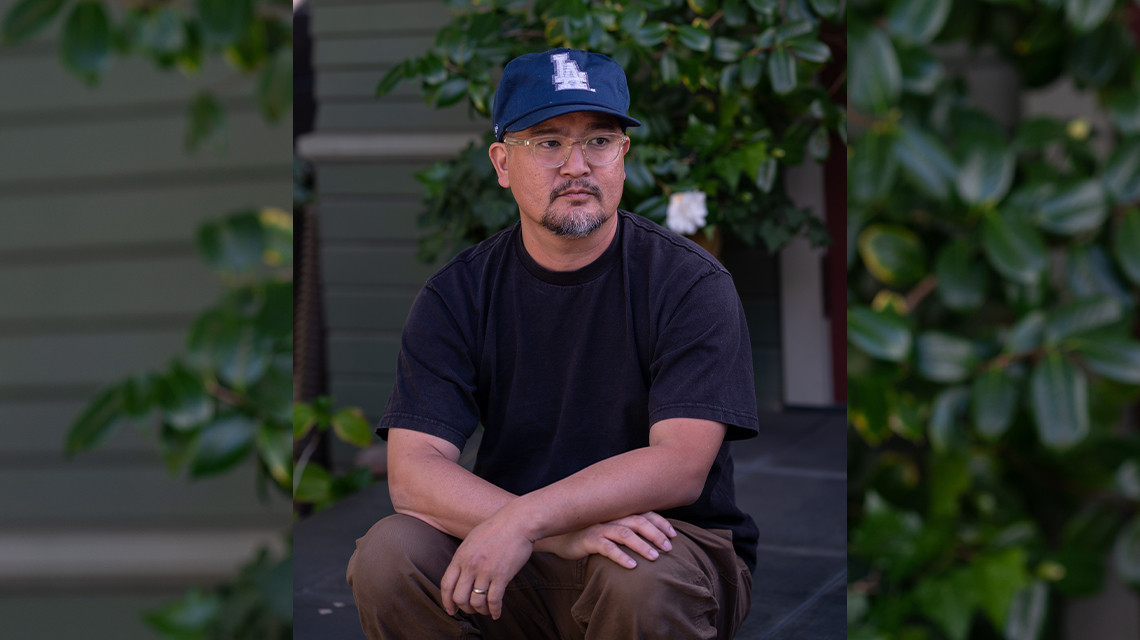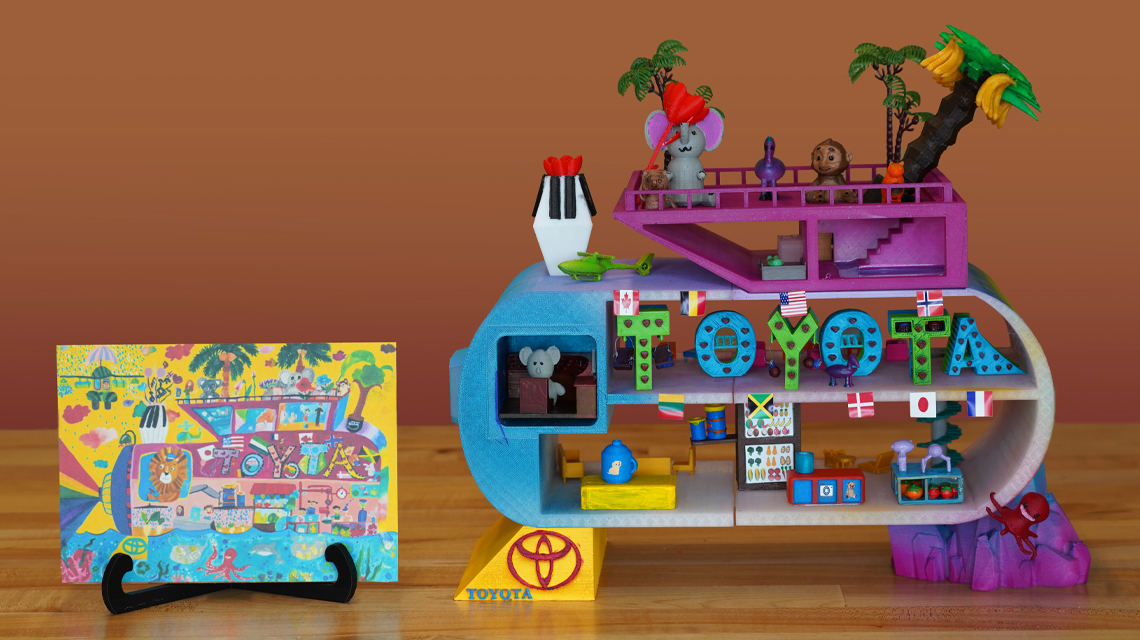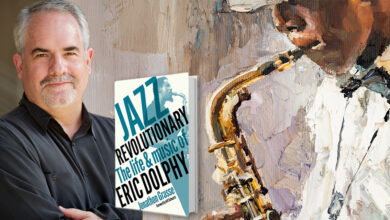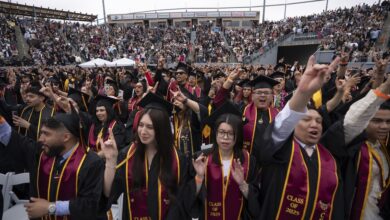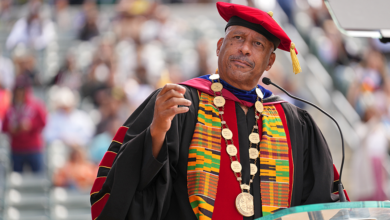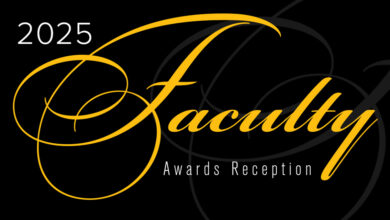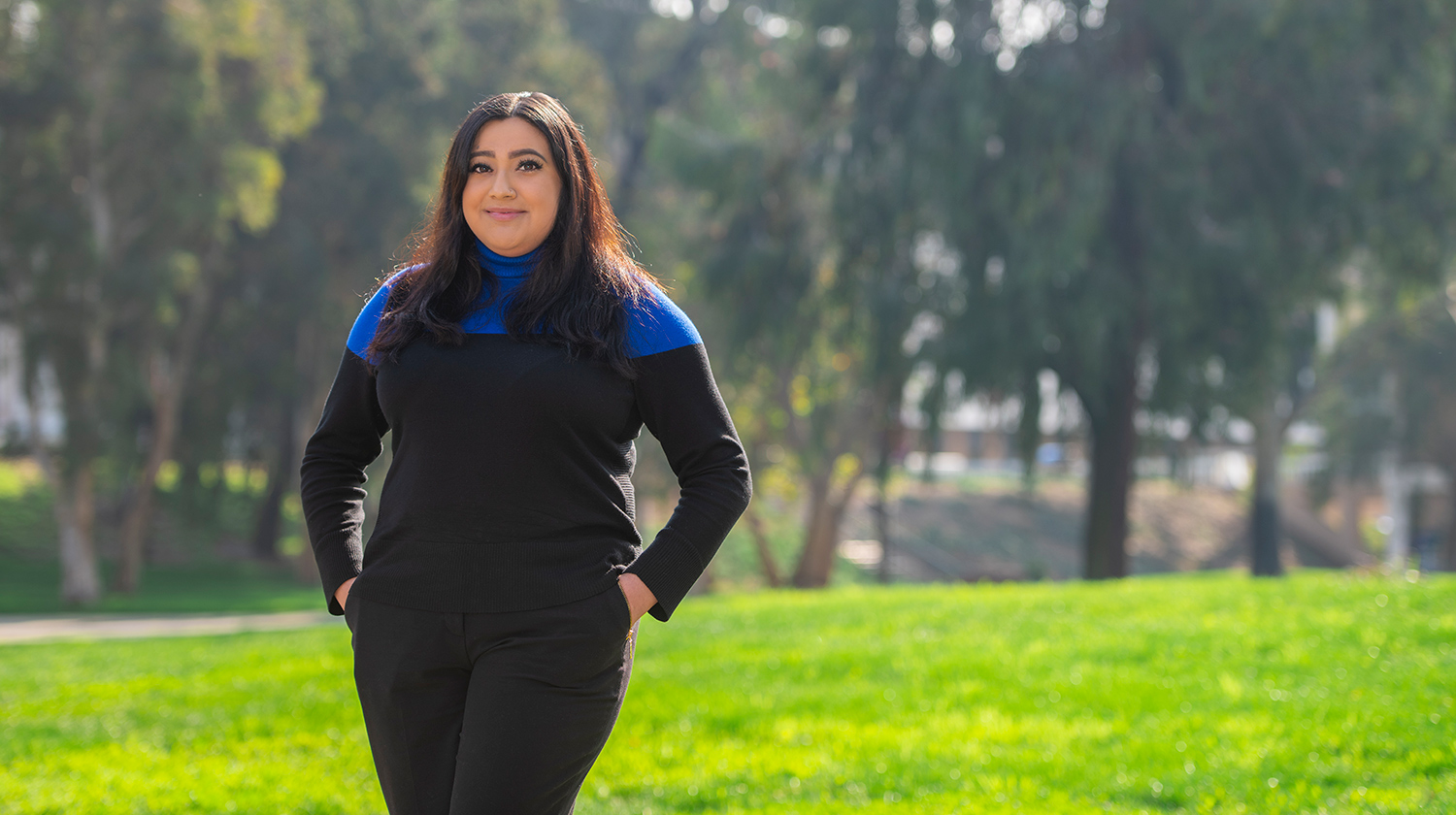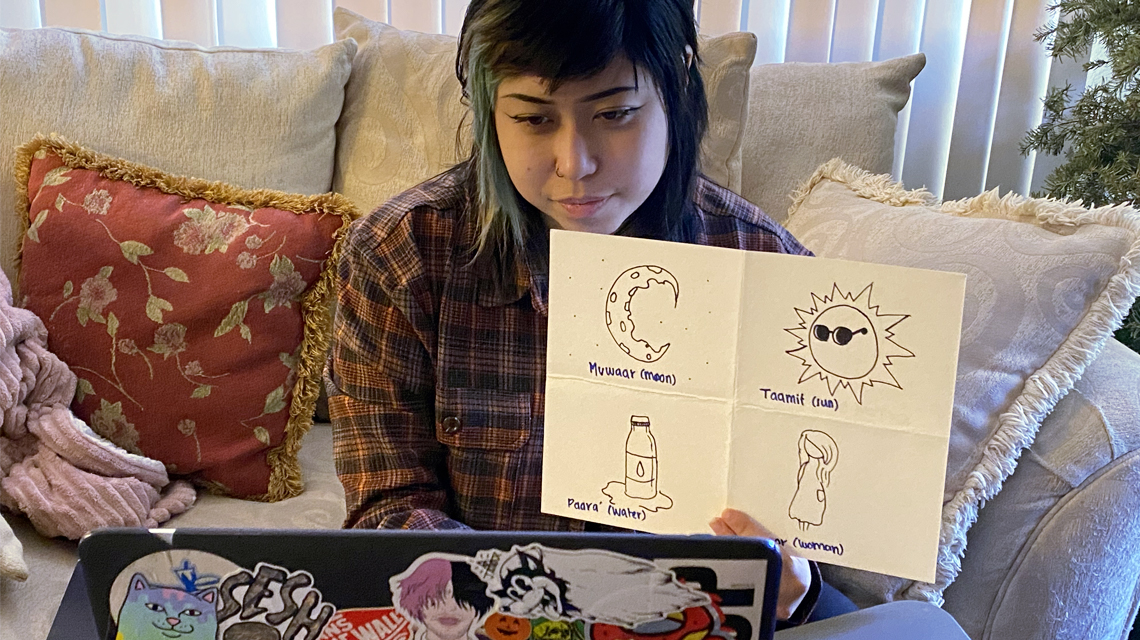
With a webcam fixed in a way that hid his work, California State University, Dominguez Hills (CSUDH) Studio Art major Jacqueline Mendoza was intrigued by how hard her young student was working with pipe cleaners and a transparent grid to create a sculpture of the Watts Towers. When the boy lifted his artwork, Mendoza was amazed by the amount of work he had produced, and how excited he was to share it.
Mendoza is a teaching artist assistant in CSUDH’s PRAXIS City ArtS Parks (PRAXIS CAP), which provides an artistic outlet to youth 8-11 years of age in the City of Carson during COVID-19 through a series of free virtual Zoom courses. She is currently teaching in the PRAXIS CAP Winter Intersession Virtual Art Class, a pilot program that began Jan. 12 and will run through March 4. If successful, the program will be doubled in size for the fall semester.
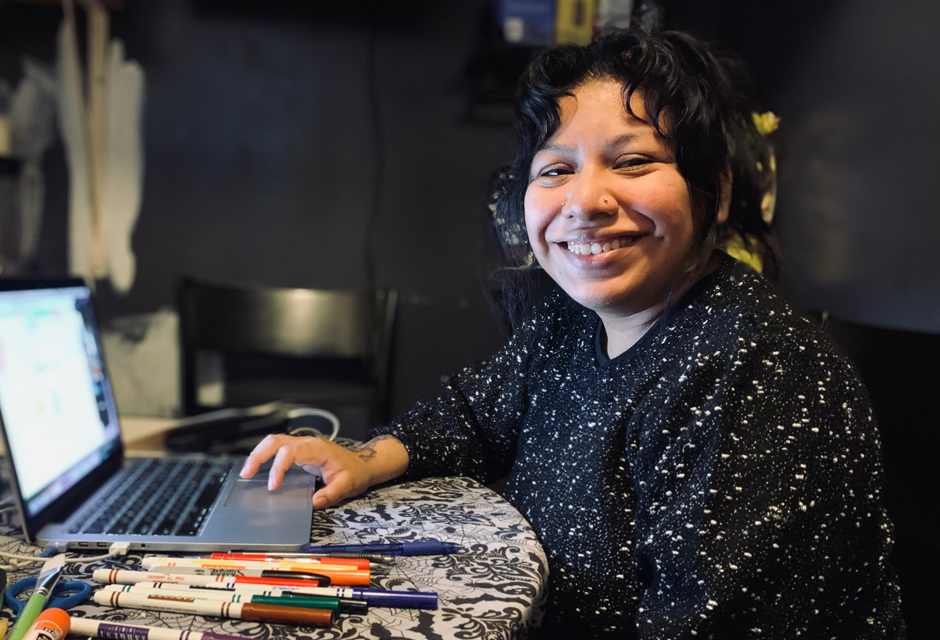
PRAXIS CAP classes are taught by local artists and assisted by CSUDH undergraduate students who are eager to acquire professional development skills through community engagement and youth mentorship. The children they teach receive art lessons while also gaining cultural enrichment and critical thinking skills.
“This was not my first time teaching a group, but it was my first time working with kids. I was uneasy not knowing what to expect,” says Mendoza, whose degree concentration is acrylic and oil painting. “But walking into a group of very responsive and eager to participate children, immediately put a smile to my face. Everyone was excited and seeing how quick they were to respond left a mark on me.”
PRAXIS, CSUDH’s art engagement program, launched the after school PRAXIS CAP in 2018 to give youth an artistic outlet to aspire and dream, while cultivating pride and specificity of place. The program received a $135,000 Creative California Communities grant from the California Arts Council in June 2019 to expand to additional parks throughout the city.
The grant was received by Devon Tsuno, assistant professor in CSUDH’s Art and Design Department and creator and co-director of PRAXIS along with Aandrea Stang, University Art Gallery director.
“The impetus to create this program was the students’ desire to use their art as a way to help their community,” says Tsuno.

The curriculum for the three-month class was created by lead art teacher Sandra Maldonado, who is serving as a teaching artist for PRAXIS.
“Ms. Sandy [Maldonado] and I worked together to make fun art kits with different materials for the kids to use,” says Yoshie Sakai, the program coordinator. “Students will be drawing, painting with watercolor and ink, building miniature buildings, and creating sculptures with clay and pipe cleaners.”
Maldonado did a great deal of research to ensure the lessons inform the students about the artists and history of South Los Angeles and the South Bay. Along with the Watts Towers, the students are investigating a variety of topics, such as the indigenous first people of Carson, community work and involvement, and the jazz movement in Los Angeles in the first half of the 20th Century.
CSUDH Studio Art major Bridget DeLee, who plans to teach art and exhibit her work after earning a Master of Fine Arts degree (MFA), says the children she is teaching online have responded well to her lessons, and she appreciates getting the chance to interact with them online.
“They were used to the online format and eager to get started with the art lesson, and they dove right into the different materials that were provided for them,” she says. “The class is fun, and I like getting to know their personalities and how they express themselves through art. I plan on teaching art in the future, so this gives me a chance to see what works best to engage children.”
Sakai says that teaching art online presents some unique challenges, and there are some positives as well. “It can be demanding to keep the kids interested and engaged when the teachers are not there in person to address questions and physically help them with using the various art tools and supplies.”
Fortunately, the lead art instructor in the program now has two CSUDH student artists as teaching assistants to aid her in Zoom breakout rooms. This helps mitigate some of the challenges of distance learning, and gives the children more personal attention, which Mendoza enjoys.
“Seeing the way these young kids become excited and attentive to finish a small project is something that absolutely motivates me to continue on the path of teaching,” says Mendoza, who also plans to get an MFA. “It is a true reward knowing I can help guide those who wish to continue to produce art. Participating in this program will not only be helpful in my career, but in my future overall.”



